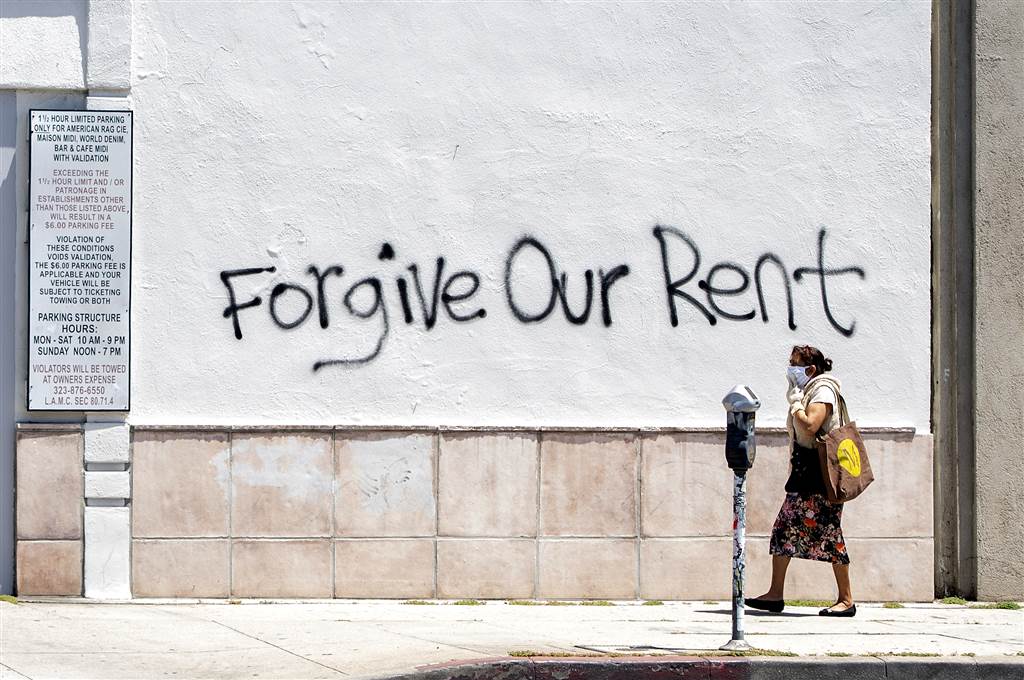
The Oklahoma Eagle Newswire
“The only way to move forward in our work to bring about reconciliation in Tulsa is by seeking the truth honestly. As we open this investigation 99 years later, there are both unknowns and truths to uncover. But we are committed to exploring what happened in 1921 through a collective and transparent process – filling gaps in our city’s history, and providing healing and justice to our community.”
– Mayor G.T. Bynum
Watch the Live Video Feed
Visit 1921 Graves Press Room
Share Comments & Feedback
Access 1921 Graves Media Share Drive
Test Excavation to Resumed Monday, July 13
Monday, July 13, the City of Tulsa resumed the test excavation for the 1921 Tulsa Race Massacre Graves Investigation with the University of Oklahoma – Oklahoma Archaeological Survey (OAS) on July 13 at Oaklawn Cemetery. The test excavation is expected to take three to six days. Each day, work will begin around 7 a.m. and end at approximately 3 p.m. depending on the heat. On the first day of work, the team will conduct site preparations and begin the initial soil removal. The full test excavation is expected to begin on Tues., July 14.
Overview
Mayor G.T. Bynum announced the City of Tulsa would reexamine the potential of graves from the 1921 Tulsa Race Massacre as identified in the 2001 State commissioned report. Four sites were identified in the City’s examination: Oaklawn Cemetery, Newblock Park, an additional area near Newblock Park, and Rolling Oaks Memorial Gardens, formerly Booker T. Washington Cemetery. The City established three goals around the reexamination, including: public oversight, historical context and the physical evidence investigation.
A Public Oversight Committee was established to ensure transparency and community engagement throughout the investigation. The Committee serves in an advisory capacity to the City during key decisions throughout the investigation. The Oversight Committee is comprised of descendants of the Tulsa Race Massacre and leaders in Tulsa’s African-American community. A team of historians and scholars were also assembled to provide historical context for the work being accomplished and document the significance of this important work.
The physical evidence investigation is organized into two phases. The first phase is led by the State of Oklahoma Archaeological Survey through the use of ground penetrating radar at the four identified sites. The first phase is expected to begin in October 2019. Once the radar process is complete, the Survey team will present their findings to the City of Tulsa and Public Oversight Committee following their investigation.
If anomalies are present from the ground penetrating radar, the City of Tulsa, with the help of the Public Oversight Committee, will determine if the second phase of the investigation will continue, which includes potential excavation and cause of death determination that would be led by the State of Oklahoma’s Medical Examiner’s Office. The cause of death determination would be an important step to the investigation as remains will be close to 100 years old and a Spanish Influenza outbreak occurred in Tulsa in 1919 prior to the Race Massacre in 1921.
If mass graves are present and can be directly associated with the 1921 Tulsa Race Massacre, the City of Tulsa with the help of the Public Oversight Committee, must determine next steps as it relates to storing remains, DNA testing and genealogical research, and commemorating the grave sites and honoring the remains.










